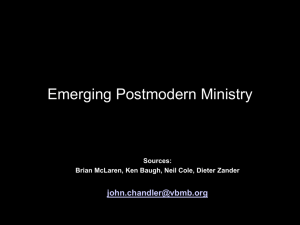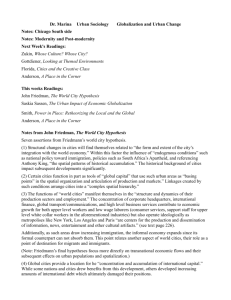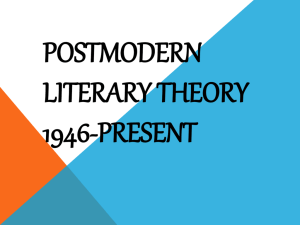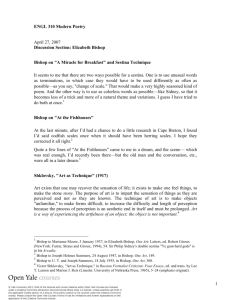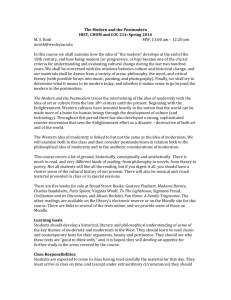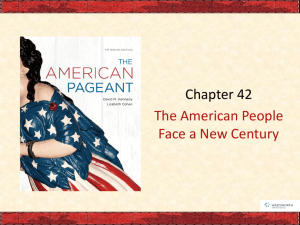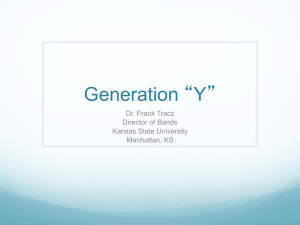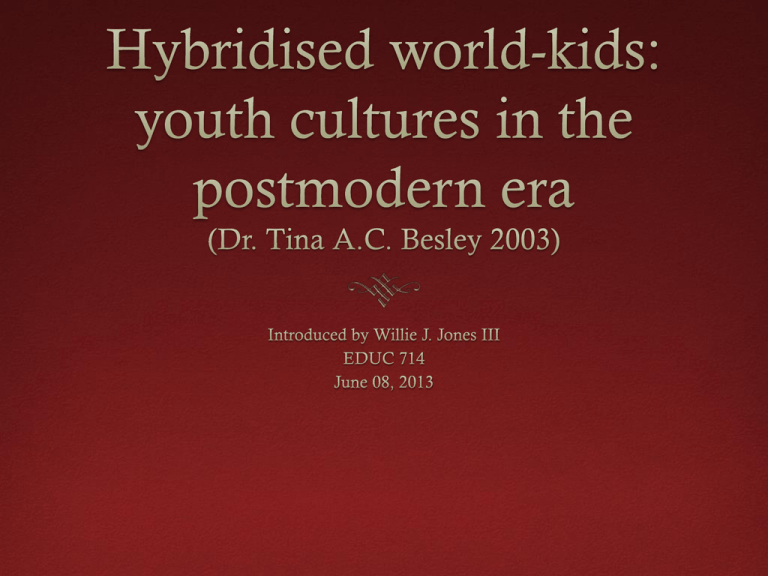
Categorizing Kids
Understand youth and improving how we deal with
kids in school.
Accept “truth” of dominant discourses
Assumptions about the categorizing of
adolescence/youth
Understanding the constitution of youth in the
postmodern era.
Hybridization
The process involves the breakdown of traditional
ways of categorizing kids in the psychological
/sociological science discourse.
It acknowledges the impact of agency the capacity for
acting intentionally whereby kids are increasingly
taking on the processes of self-constitution.
Teachers need to pay more attention to the wy kids
construct themselves than traditional academic discourse.
The truths that increasingly challenged and outdated in
the current political-social context.
Educators Concern
Need to be more aware of kids live , hopes, fears, and
the instabilities they face now and in the future.
Having concern of employment stability.
-Having a series of jobs that require frequent retraining.
-Having part-time jobs
-Being unemployed
Working odd hours
Worries about student loans
Safe sex
Safe recreational drugs
Globalization
Term became popular in the late 1980’s.
Describe a multifaceted historical process that has positive
and negative consequences.
Includes: Economic, Cultural, Political, Ecological,
Communication.
A host of transnational organizations drive globalization,
Intercultural communication becomes increasingly
important.
Postmodern Era and
Globalization
Allan Luke argues that new tools are needed to explain and
understand “a set of new unprecedented historical
phenomena and new “social facts” or globalized, multilingual/muti-cultural, post-fordist, post-everything cultures,
economies and communities” that make the humanist
theory of self, developmentalism behaviorism, cognitive
theory and other theories obsolete.
He points out that program would be an afterthought based
on some concepts of a universal human subject, who’s
usually white, male, and middle class.
More Postmodern Era
Societies have changed after WWII.
Fredric Jameson believes “that the emergence of
postmodernism is closely related to the emergence of the
new moment of late, consumer or multinational capitalism.
Change contributed to the postindustrial society under late
capitalism, to a consumer society influenced and dominated
by multinational corporations rather than nation states , to
an interlinked globalized world that is characterized by
media and technology.
Postmodern Feminist
Perspectives
Challenges the “norms.”
Ignores the particular experiences of females and position
adolescents as a single group whereby the female is
subsumed under what have been mostly male norms.
Mica Nava- examines gender differences and argues that
because adolescent females are more regulated and
controlled. Nava considers that gender is as significant as
social class in structuring how adolescent males and females
experience youth and the processes in adulthood.
http://www.youtube.com/user/allleaveittobeaver
Postmodern Era
Youth cultures are emerging due to the impact of
globalization.
Mass Media and informational technology, rather than
simply as a result of the process of marginalization or
alienation.
Giroux (1990) argues that new information and
communication technologies, through emphasizing
individualism, creates both a sense of alienation and of
boredom with school which can no longer compete with
such exciting technology.
Postmodern Technology
Through the impact of globalizing effects of information technology,
postmodern marketing, consumerism and mas media, adolescent
perceptions, expectations and experiences in many countries are
linked and sometimes become homogenized such that a postmodern
youth culture is, arguably emerging.
Contrary to the all-knowing teacher, and in the manner that threatens
traditional lines of teacher authority, there is an unprecedented
dilemma for many teachers when the kids probably know more
about the informational technologies than most teachers.
http://www.youtube.com/watch?v=-3BCMkWyd-E
http://www.WebTrakr.com
Questions and Answers
How have the traditional academic notions been
challenged in the globalization of education?
How are institutions, curricula, and educators who
ignore this all risk irrelevance?
References:
Besley, A.C. (Tina) (2003), Giroux, H. A. (1998).
Luke, A (2000), Lesko, N (1996), Nava, M. (1991)

